In a letter to Parliament this week, Dutch Agriculture Minister Martijn van Dam said he was accepting all applications to the first tranche of the scheme designed to curb phosphate emissions by reducing the size of Europe's third-largest dairy herd.
Choosing applicants at random would be detrimental to the effectiveness of the measure
The scheme offers a €300/cow slaughter premium and the government was planning to remove 40,000 cows through successive rounds of applications from late February to May. With 497 farms already applying to have 31,500 cows slaughtered in the first round last week, the minister has decided to accept all applications, arguing that "choosing applicants at random would be detrimental to the effectiveness of the measure". As a result, he has cancelled the next rounds, with the possibility of further applications in May.
He added that his administration would process existing applications through March and April, indicating that large numbers of cows will be cleared for slaughter in the coming weeks. This extra volume of cow beef on the European market is likely to have an impact on cow prices.
60,000 cows to be culled in total
Van Dam said that applications so far account for 52% of the phosphate reduction target from the dairy herd, with the plan's overall aim remaining to remove 60,000 cows over time.
Further reductions will be imposed on Dutch dairy farmers through a quota system and lower phosphorus content in feed rations. Overall, the Netherlands' dairy herd is expected to shrink by 11% this year, after two years of continued increase in cow numbers and milk supply.
The country has exceeded its EU phosphate limits for three years and is at risk of losing its derogation if drastic measures are not implemented.
Read more
Full coverage: farming in the Netherlands
In a letter to Parliament this week, Dutch Agriculture Minister Martijn van Dam said he was accepting all applications to the first tranche of the scheme designed to curb phosphate emissions by reducing the size of Europe's third-largest dairy herd.
Choosing applicants at random would be detrimental to the effectiveness of the measure
The scheme offers a €300/cow slaughter premium and the government was planning to remove 40,000 cows through successive rounds of applications from late February to May. With 497 farms already applying to have 31,500 cows slaughtered in the first round last week, the minister has decided to accept all applications, arguing that "choosing applicants at random would be detrimental to the effectiveness of the measure". As a result, he has cancelled the next rounds, with the possibility of further applications in May.
He added that his administration would process existing applications through March and April, indicating that large numbers of cows will be cleared for slaughter in the coming weeks. This extra volume of cow beef on the European market is likely to have an impact on cow prices.
60,000 cows to be culled in total
Van Dam said that applications so far account for 52% of the phosphate reduction target from the dairy herd, with the plan's overall aim remaining to remove 60,000 cows over time.
Further reductions will be imposed on Dutch dairy farmers through a quota system and lower phosphorus content in feed rations. Overall, the Netherlands' dairy herd is expected to shrink by 11% this year, after two years of continued increase in cow numbers and milk supply.
The country has exceeded its EU phosphate limits for three years and is at risk of losing its derogation if drastic measures are not implemented.
Read more
Full coverage: farming in the Netherlands




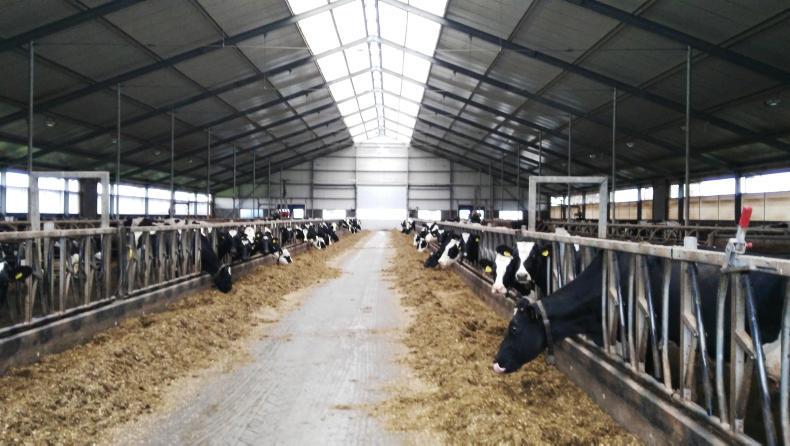
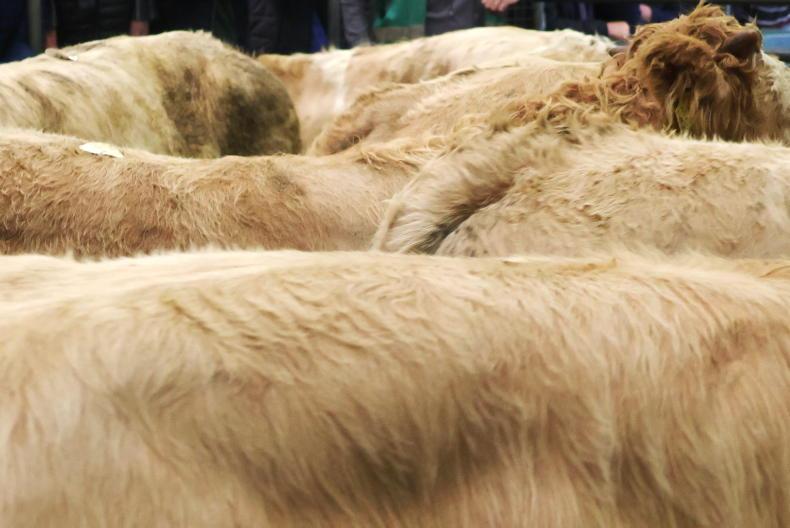

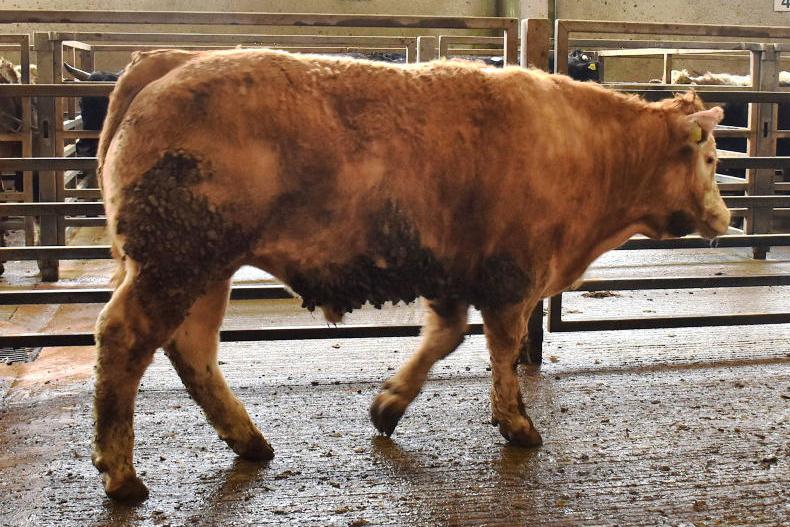
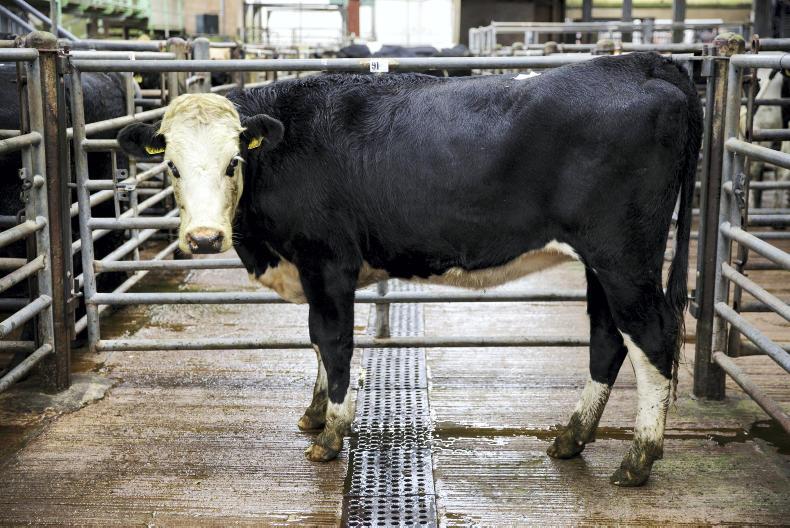
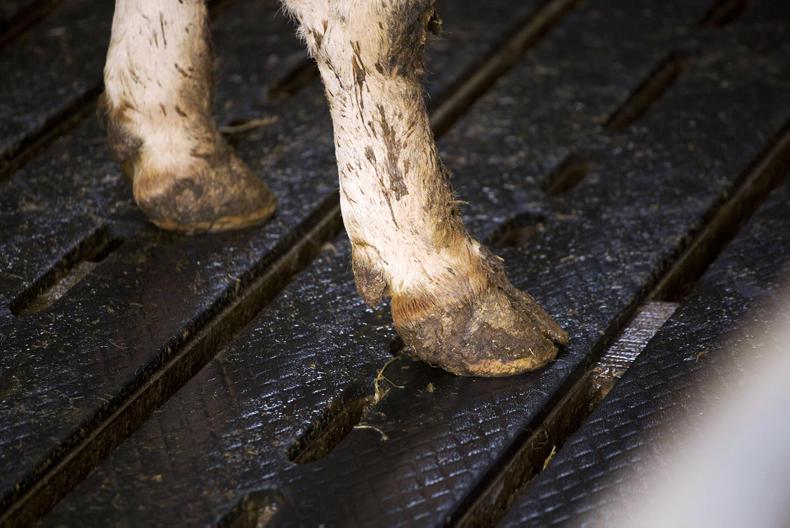
SHARING OPTIONS